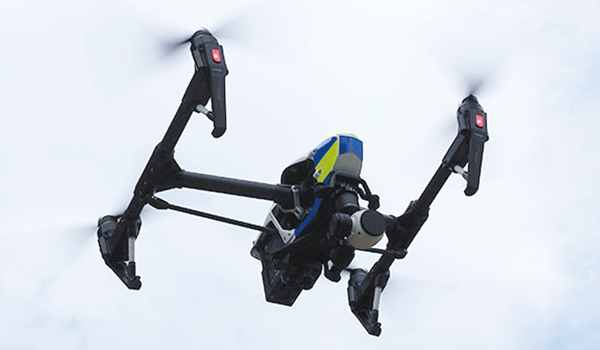999 contact needs to get smarter
Digital transformation is driving public expectation of the emergency services. A public service citizen pulse survey by the professional services company Accenture found that around seven in ten people believe that public agencies could provide a better customer experience by using the latest technologies.
Digital transformation is driving public expectation of the emergency services. A public service citizen pulse survey by the professional services company Accenture found that around seven in ten people believe that public agencies could provide a better customer experience by using the latest technologies.
Citizens are digitally-savvy; many understand technology better than the public safety agencies. Their expectations of services are fuelled by a highly personalised and always-on digital culture, explained James Slessor, managing director, public safety, Global Accenture.
And Sarah Timmis, research assistant at the think-tank Reform, says the UK must use and develop technological innovations to create a user-friendly emergency services system, in a digital age.
In our modern, multimedia world, where a growing number of citizens are digital by default, the reliance on emergency service call centres no longer supports new instinctive modes of communication. It is time for smarter ways of accessing public services in a crisis, she said.
She explained that 80 years ago, the 999 call was introduced to offer the public quicker access to services in an emergency.
Today, it is becoming more difficult to fulfil this role, she said in her latest Reformer blog. A recent BBC Freedom of Information request revealed that the number of abandoned 999 calls has more than doubled in the past year and that the number of abandoned 101 non-emergency calls has increased by 116 per cent. Its time for change.
Ms Timmis said the emergency services did not know exactly what is driving the rise in demand.
The growing and ageing population, increasing alcohol and mental health-related issues, and longer waiting times for primary care are all commonly cited causes, she explained.
Another suggestion is that the rise in mobile phone usage is behind the surge in demand. For a significant incident, instead of only a few people having access to a phone, emergency services are inundated with dozens of calls reporting the same event.
Increasing connectivity may be a driver of demand, but it is also the source of solutions. In non-emergency situations, technology can make it easier for people to report incidents via alternative means, reducing pressure on call handlers.
She added research suggests UK citizens are ready for change: In June, a survey revealed that 83 per cent of Londoners wanted easier contact with the police through digital channels. A collaboration between Twitter and the Metropolitan Police Service [for example] indicated that certain crimes will only be reported through online channels.
Ms Timmis said that in January, the NHS trialled a new online service as a substitute to the 111 helpline, which acts as an AI (artificial intelligence) chatbot to respond to patient needs and may be up to 12 times more effective than the current human-based system.
With 111 calls on the rise and a fifth of calls this year deemed unnecessary, new innovations are needed to help call handlers respond to demand, she said. As more people move online, digital contact between frontline responders and the public is a better fit for consumer habits.
West Yorkshire Police has demonstrated this with its pilot mobile app, allowing users to send in text, audio, images and video, with preliminary outcomes beyond the expectations of the team behind it.
AlertCops in Spain works in a similar way, enabling users to report incidents in real-time and online. It has helped protect those who feel uncomfortable using traditional methods to contact the police, such as the victims of sustained domestic abuse.
These apps, which both support consumer needs and help services accurately respond to incidents through more detailed and diverse communication, should be welcomed.
Ms Timmis says once digital channels are created, they can mitigate the burden on frontline responders by drawing on citizen skills in an emergency.
For example, a smartphone app created by the fire department of San Ra




